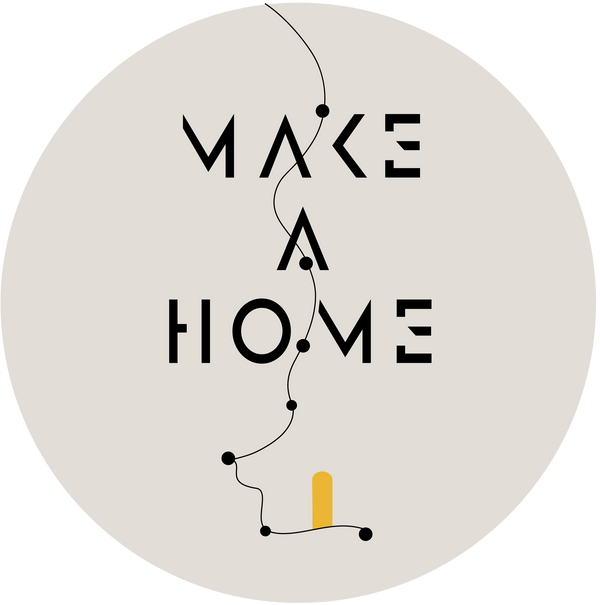Be sure to ask the details of edge banding when custom ordering furniture
The custom-made furniture market dominated by Melamine Faced Board
Briefly saying, the custom-made furniture industry is dominated by "Panel Furniture" . As the name suggests, the panel is the structural foundation. The mostly used one is the "Melamine Faced Board"-are engineered wood-based panel covered with decorative paper impregnated with melamine resin. No matter what core material for the board is, each has its market positioning . With the technological revolution, the production capacity has greatly increased, which is why MFB has become so popular.
You may ask, when all mainstream furniture companies use MFB, and even their panel suppliers are the same, apart from comparing design and installation techniques, still how to judge the quality of their furniture? The answer is "Be sure to look into the structural hardware and edge banding".
An important process in the production of panel furniture - edge banding
" Edge banding" is the process of sealing rough edges of engineered wood with an edge banding machine or by hand. The jobs are to give a "completed" appearance for the piece of wood and protect it from temperature and humidity leading to possible warping. For the following, I would not mention manual edge banding, which may vary greatly in quality.
In a production line that uses computers to "cut materials" and apply edge banding with large machines, the most traditional and cheapest method is to apply EVA glue or named as EVA hot melt adhesive to bond edge banding material to the substrate. This technology is often called "EVA edge banding". For decades, factories usually used yellowish EVA, with a large amount of glue. After the overflow glue dries, the thick glue lines will be polluted and turn black, which look so dirty against white tape. I believe everyone may have seen the EVA edge banding "fail scene" on the Internet. EVA is also susceptible to cracking due to high temperature and high humidity. It is not recommended to use it in the kitchen and bathroom. 
PUR glue has better moisture-proof, waterproof and heat-resistant properties than EVA glue
PUR glue is polyurethane hot melt adhesive. Its edge banding technology creates a more inconspicuous glue line, its thickness is half of that of EVA, making the finished board much more aesthetically pleasing. After the PUR glue forms a strong initial bond, it continues to strengthen as the glue chemically reacts with moisture in the air. There is a lot of moisture in the air, which can continue to cure the PUR adhesive to form a firm and permanent bond with the substrate . It can be seen that PUR edge banding technology will gradually replace the market share of EVA in the future.
Other advantages of PUR include flexibility on challenging substrates, fast initial curing time and chemical resistance. However, PUR edge banding technology is very demanding on the production environment and production line maintenance -machine must be cleaned more frequently. The glue takes about 24-48 hours to complete the chemical curing, but usually the shelf life is only about 12 months. All of the above make PUR not as popular as EVA. The finished board by applying PUR still has the aesthetic consideration for the glue line. If budget allows, laser edge banding could be the choice.
Laser edge banding - melts two surfaces together
In order to achieve the best results using laser edge banding technology, it is necessary to be equipped with ABS/PP edge banding strip of appropriate thickness so that there is almost no glue lines between the edge banding strip and the board surface, thereby achieving moisture resistance. If the mono-color laminate could match the color of the edge banding, the appearance can be comparable to paint finish. However, perfect laser edge banding equipments is not commonly used in China.

